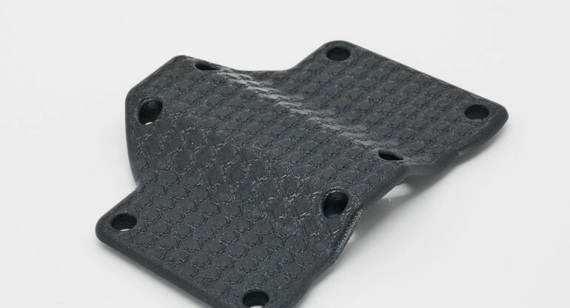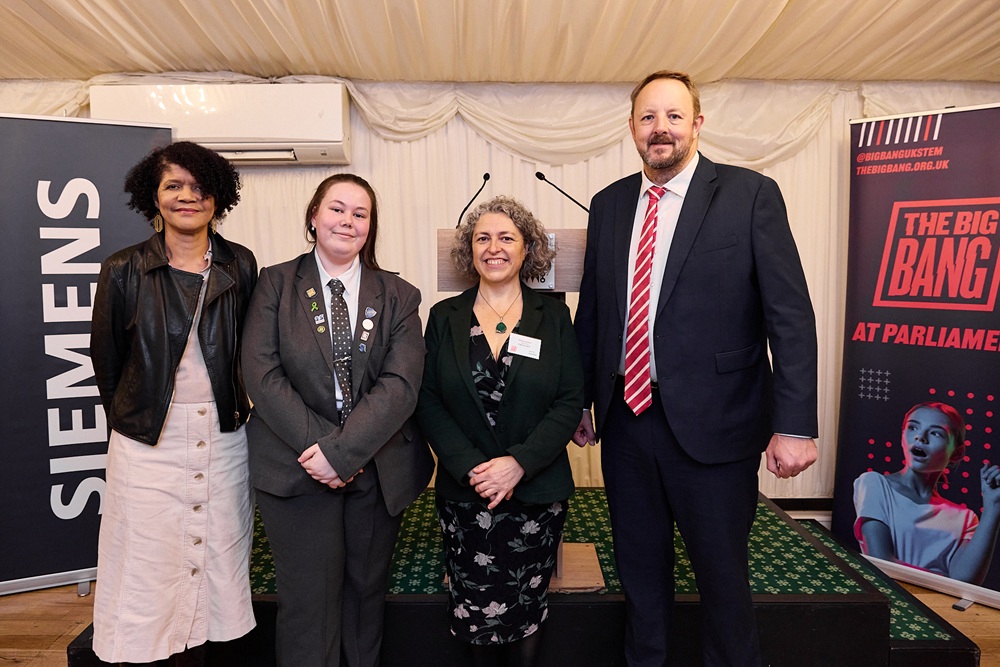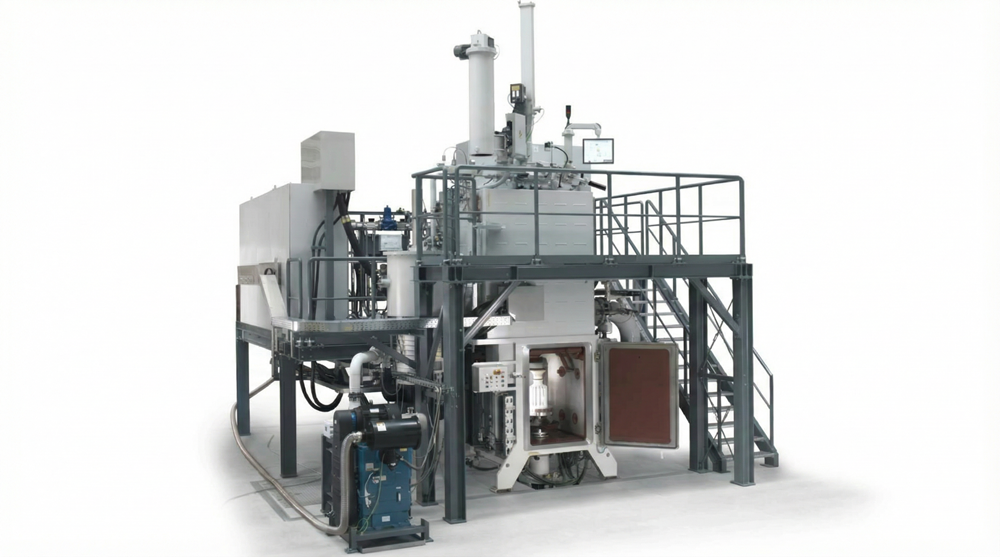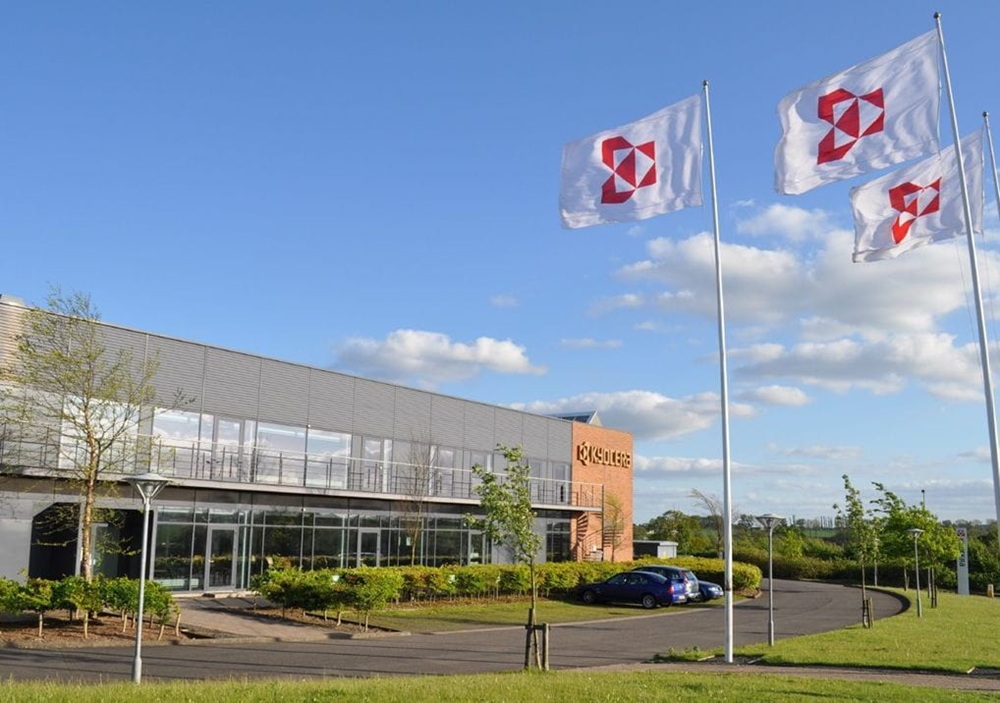Protolabs is introducing new textured surfaces for prototyping and series production.From the automotive and aerospace industries to medical technology, the new service provides more control of surface texture when 3D printing, opening the possibility to create leather-like structures or geometric patterns. The leather-like surface structure in particular opens new application possibilities – especially in the automotive industry. Additively manufactured leather structures could therefore soon become a sustainable and more animal-friendly alternative to conventional leather.
More information www.protolabs.com



















